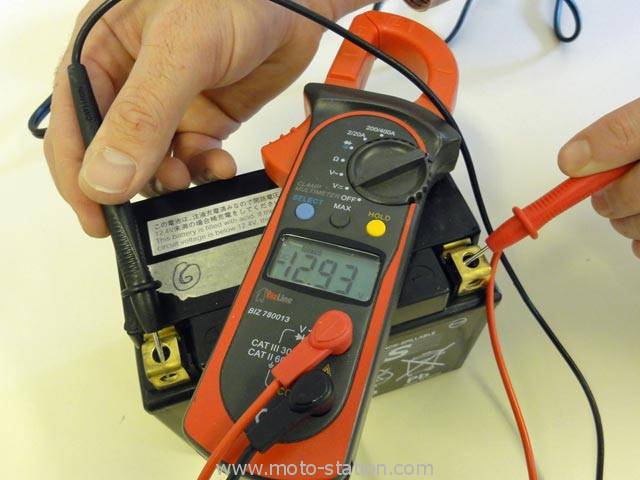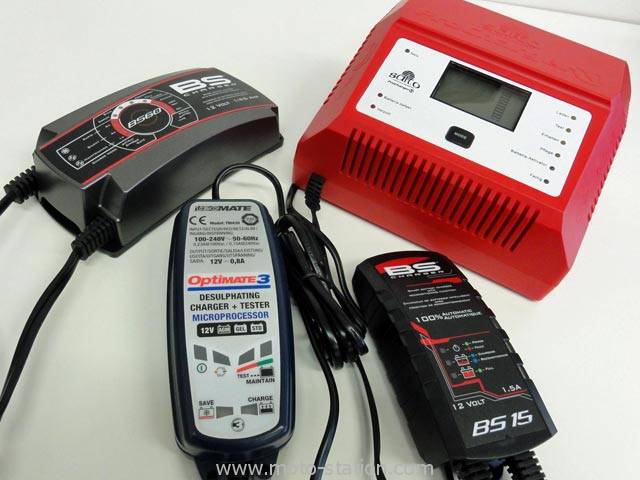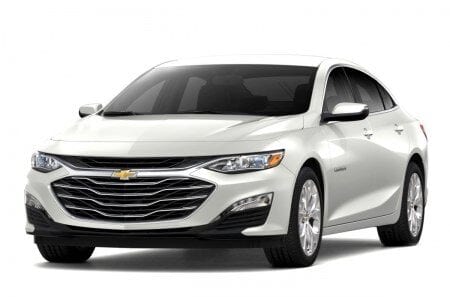Tutorial: how to charge a motorcycle battery
Content
The cold is ringing at the door ... and knocking out the batteries of our motorcycles and scooters. A little technical reminder to maybe save the day ... next time.
Various phenomena strongly influence starting the motorcycle in winter and / or after long periods of inactivity... First of all, of course, Battery capacity... You should be aware that they decrease in proportion to the outside temperature. It is generally assumed that at ambient temperatures below 20 °, battery power will drop 1% for every 2 °. In other words, at 0 ° these losses will amount to 10%, at -10 ° 15%, etc. To this, of course, is added loss of battery charge in case of immobilization more or less long-term losses, which depend on the type of battery, traditional lead, maintenance-free, dry, gel, lithium, etc. A conventional battery loses 50% of its charge after 3-5 months.
Battery operation and charging
To this are added stupid mechanical constraintsincluding the viscosity of the oil, which increases with decreasing temperature and therefore requires more energy to run the engine when cold. We must also reckon with consumption of various motorcycle equipment... In particular, in recent years, turning on the headlight has become mandatory, so we can no longer turn it off (due to the lack of a switch on the vehicle) in order to save as much energy as possible for the starter. The same goes for driving the fuel pump or even heating the carburetors through resistors, which again consume some of the required energy.
Therefore, it is easy to understand that the slightest failure of the battery and / or the charging circuit often forces you to go on foot again... This is why you need to take care of your battery (and of course your motorcycle). If you use your motorcycle every day and in any weather (well done!), You will probably never experience a truly immobilizing battery failure, per se. constantly energized due to its electrical circuit... On the other hand, if you use your motorcycle in episodic and / or seasonal, and that the beautiful days to come have awakened your biker soul, what comes next will interest you very much.
Motorcycle Battery Care: Sanatorium Consulting
Cautious people who have read the article "It is winter, have a good winter on your motorcycle", already disconnect the battery and store it in a dry and warm place.... Otherwise, it's safe to say that your battery is at its best. completely discharged but still recoverable, in the worst case ... that it needs to be recycled right away. Therefore, first of all, it is necessary control its load.

Testing a regular motorcycle battery: the most equipped of you sometimes have acid scale, or a device that controls each battery cell. Therefore, to do this, it is necessary to remove each plug, immerse the acid scale in ... acid, pump the liquid and then follow the information provided.
If any of the items are defective (red scale of the acid scale), then the battery is defective (short circuit of the cell). Add items as needed demineralized water... If the battery continues to run, charge it. In this case, beware of car chargers, which may be too powerful. Prefer model for a slow-charging motorcycle, which will be able to overtake a current 10 times less than the capacity of the battery (example: a 1,12 Ah battery will be charged at a current of 11,2 A).
In the case - very likely - you do not have scale, the multimeter will do its job, see below.

Checking the motorcycle battery with a multimeter
Testing maintenance-free motorcycle battery:
check the voltage with a multimeter (select the DC position). If the measured voltage is in the range of 12,6 to 13 V, the battery is fully charged and ready for use. Between 12 and 12,5 V.recharging is necessary (same precautions as above, at a current 10 times less than the battery's charging capacity). Finally, measured voltage less than 10,3 V indicates a discharged battery that cannot be recharged (do not throw it away, recycle it). A warning, battery with a voltage of more than 13 V at its terminals it is overloaded, often shorted, peace to his soul.
What is a motorcycle battery charger? Read our practical guide here

Shortly speaking
Our advice for starting your motorcycle after a long period of inactivity (especially wintering):
- keep his motorcycle in seconds : humidity is not a best friend, especially if it freezes
- disassemble battery and store in a dry place at room temperature.
- Always charge the battery before storing for a long time. Otherwise, it is quickly sulfated and will be irrevocably doomed ...
- check the load regularly removed battery (at least once every two months).
- check battery charge before reassembly on a motorcycle and recharge if necessary.
– restart the motorcycle after a long period of inactivity without first disassembling, checking and / or charging the battery. generally doomed... In this case, do not insist: the less the battery is discharged, the more chances you have “Recovery” with a suitable charger (if not sulfated).
- never run a motorcycle with clamps (that is, by connecting it to another battery), after completely discharging it. Because in this case, after restarting the bike its generator will supply too much current which will again cause serious damage to the battery (for heavily discharged batteries, long-term charging should be preferred).
We thank Bernard Taulu, electrical engineering teacher at the Lycée Maryse Bastié in Limoges, for his welcome and wise advice.

